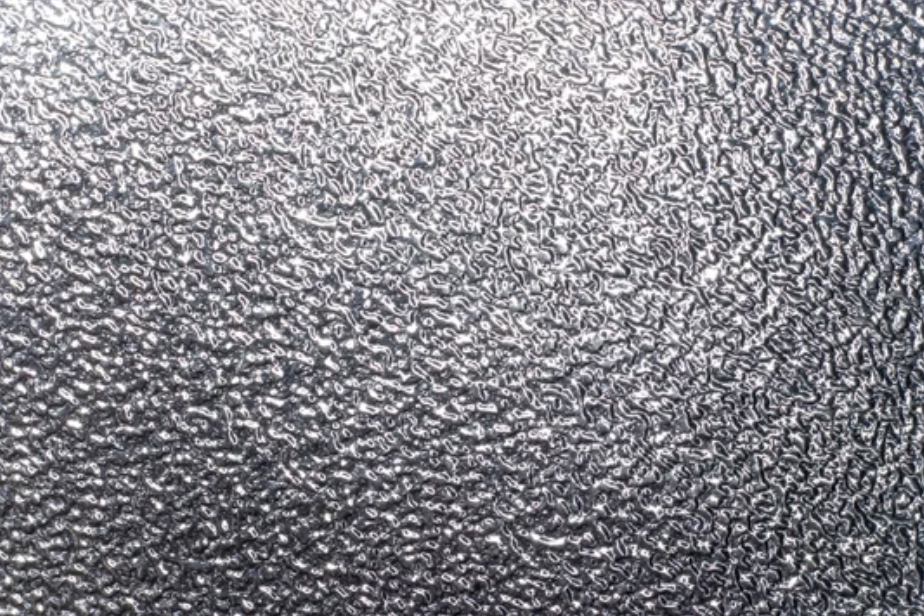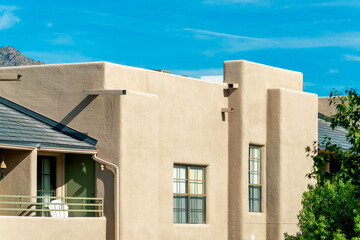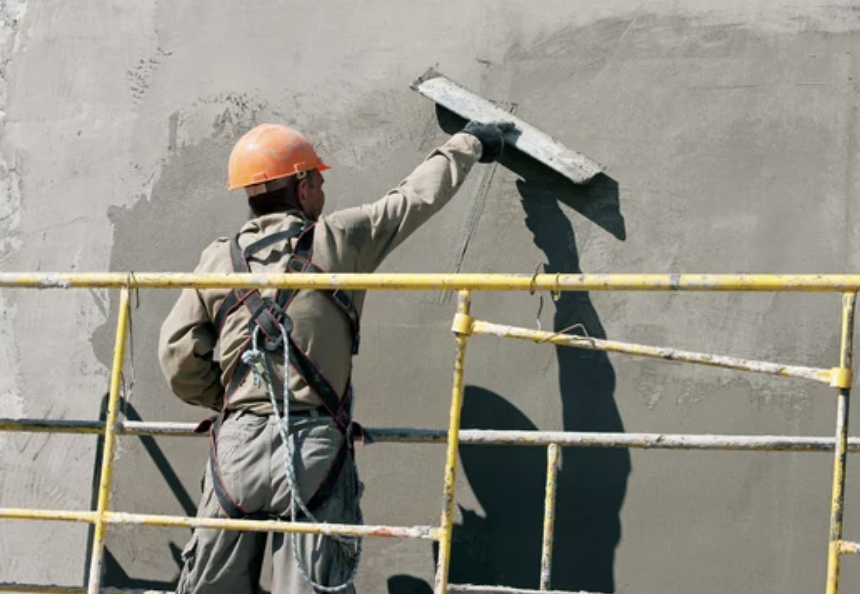E.I.F.S
Exterior Insulation and FInish
Are you seeking assistance with a stucco project?
External Thermal Insulation Composite Systems (ETICS), also known as an Exterior Insulation Finishing System (EIFS), is a type of cladding that offers outside walls waterproofing, insulation, and a completed surface all in one composite material. In essence, it is a lasting protective coating that is placed to the exterior surfaces of a structure after an energy-efficient thermal wrapping or insulation has been applied. The barrier EIFS/ETICS applied to solid walls is the most popular type of EIFS/ETICS offered in the construction sector. In addition to the insulation and waterproofing qualities, another variation for wood structures called EIFS/ETICS with drainage also has a water drainage capacity.
Energy efficiency is one of the main advantages of EIFS/ETICS. EIFS/ETICS can dramatically minimize heat transmission by adding an additional layer of insulation to the outer walls, which lowers heating and cooling expenses for building occupants. EIFS/ETICS can also increase a building’s overall energy effectiveness, which can lessen its carbon footprint and make it more environmentally friendly.
The adaptability of EIFS/ETICS is another benefit. Any type of construction, including those made of concrete, brick, block, and wood, can use it. It’s a popular option for both new building and renovation projects because of this. Also available in a wide range of hues and finishes, EIFS/ETICS enables building owners to alter the appearance of their outside walls.
EIFS/ETICS has, despite its many advantages, nevertheless occasionally been linked to problems in the past. One of the biggest issues has been moisture penetration, which can happen if the EIFS/ETICS is installed incorrectly or if the system has flaws. Mold development, structural damage, and other problems caused by moisture ingress can be expensive to fix.
Free Instant Quote
*plus free bonus coupon*



EIFS (Exterior Insulation and Finish System) is a type of cladding used in the construction industry. In order to understand what is involved in an EIFS cladding, it is important to break down its components and understand how they differ from other stucco systems.
The first component of an EIFS cladding is the Water Resistive Barrier (WRB), which is not always mandatory but is typically installed in “premium systems” for increased water resistance. Fluid applied WRBs are often used, which are applied like paint and are usually around 20 mil in thickness. These coatings must be free of any holes to prevent water from seeping in.
Another type of WRB found in EIFS cladding is a paper infused with asphalt, similar to roofing felt but much thinner. This type of WRB is used because the wall typically has mechanical fasteners (nails, screws, etc.) that attach the foam insulation to the substrate, and the self-healing properties of the paper ensure a secure attachment.
The second component of an EIFS cladding is the adhesive coat, which attaches the foam to the substrate. The adhesive is usually troweled on using a notched trowel, and is not always necessary if the foam is mechanically fastened to the wall.
The third component is the foam insulating board, which acts as a major insulator for the wall and can come in different thicknesses. The thicker the foam, the higher the R-value of the wall. The foam board is usually made from an EPS type of foam and can be attached mechanically using staples, nails or screws, or it can be attached using an adhesive.
The fourth component is the mesh and base coat. These are usually applied together and are essentially one step, as the base coat must be embedded into the mesh. The mesh is usually a fiberglass type of mesh that comes on a roll and is larger than drywall mesh.
The fifth component is the primer coat, which is optional but recommended to seal the base coat and provide an even suction on the wall. It can also help the finish material go further and prevent flaking. Manufacturers may state that their warranty is void if a primer is not used.
The sixth and final component is the finish coat, which is the visible outer layer of the cladding. It must be water-resistant and is typically made of an acrylic material. It is important to note that EIFS cladding may require a different type of acrylic finish material than a hard coat stucco system. Manufacturers have specific finishes for their EIFS cladding, and it is important to use the correct one.
